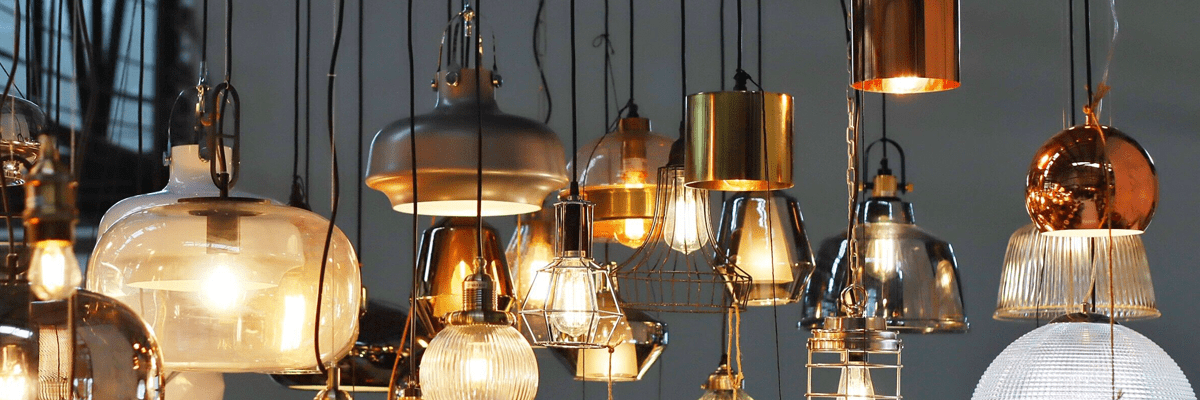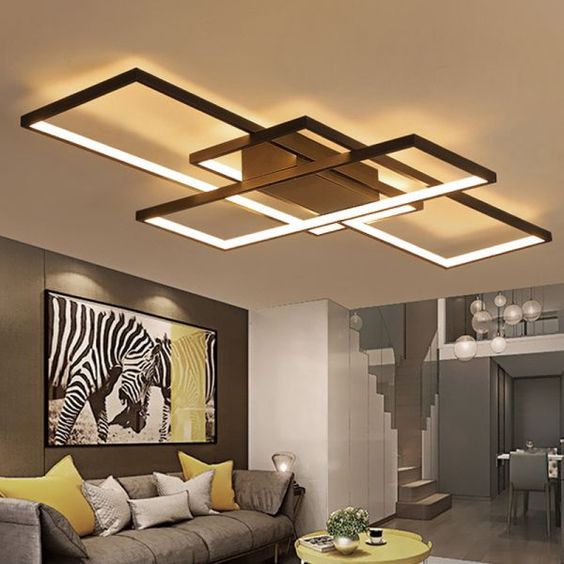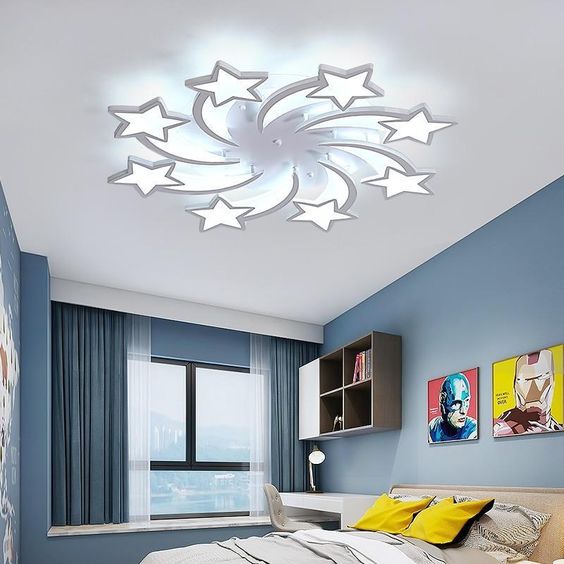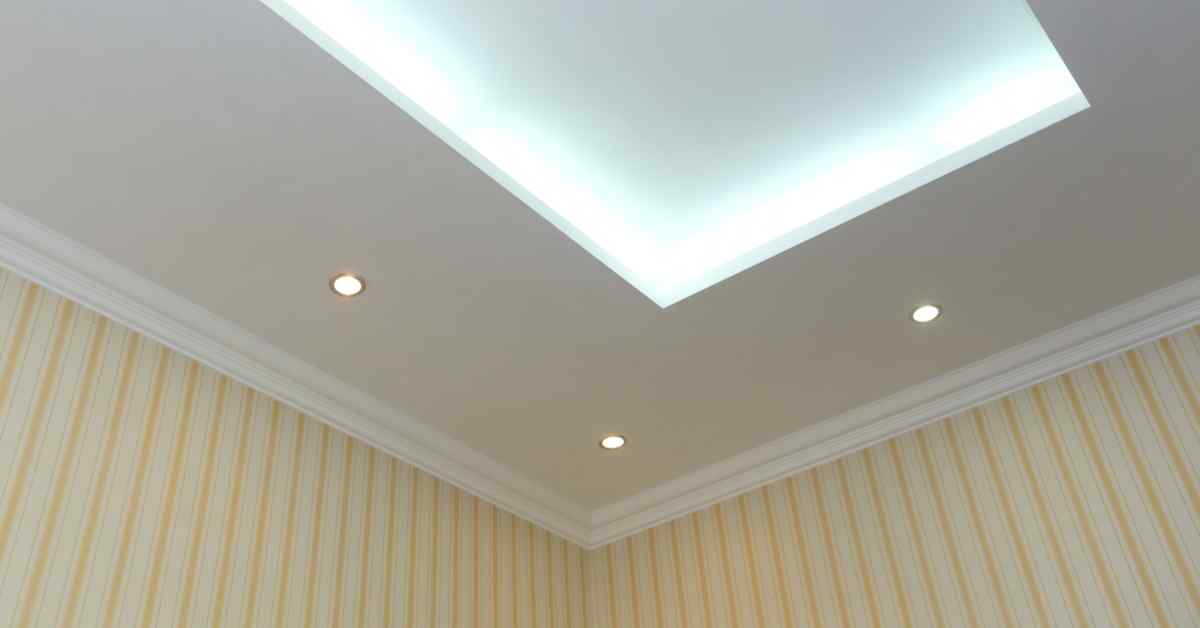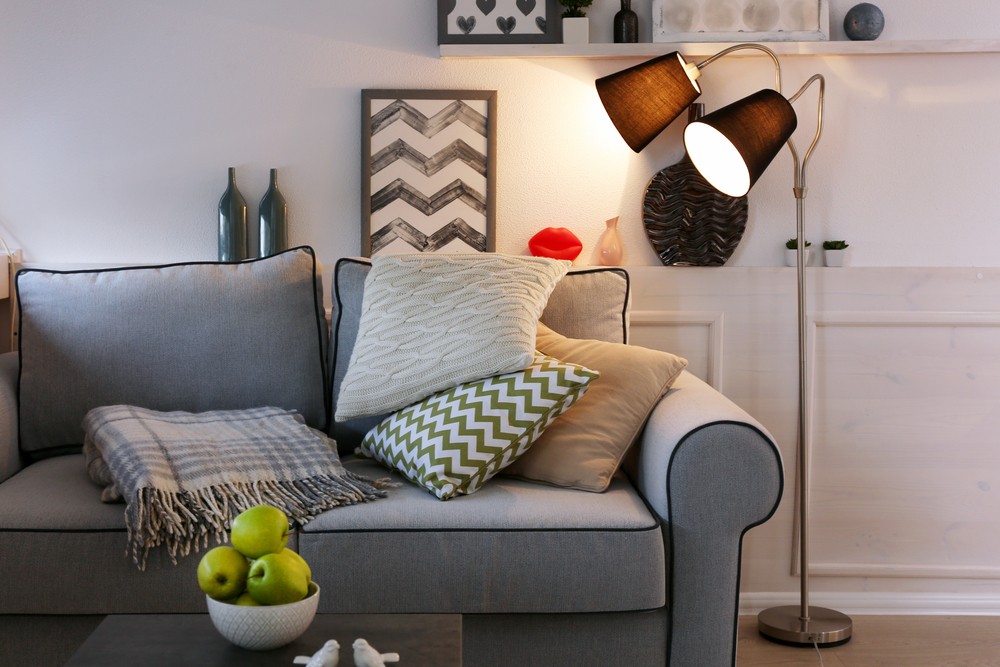You’ve probably heard the phrase smart home and maybe even smart lighting, but do you know what smart lighting is? Here we introduce you to the world of smart lighting and everything you need to know about it.
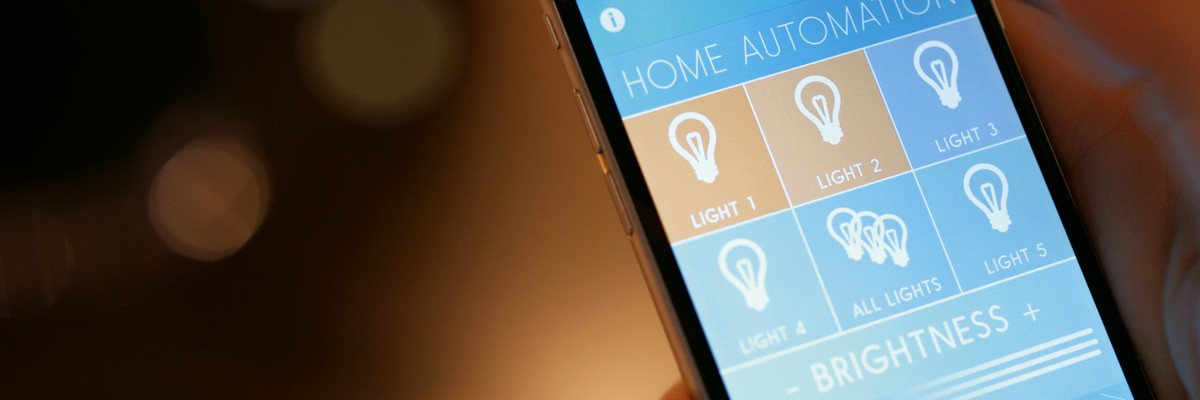
Things we covered for you
What is Smart Lighting System?
Smart lighting is a more advanced way to light your home, with the help of smart bulbs, you can control all the lights in your home through an app on your smart phone, through smart home devices or any other smart accessories. What this means is now you can control your lights at home remotely, you don’t even need old-fashioned wall switches.
Apart from being able to turn lights on and off, you can also change the intensity of light by adjusting its brightness. The wonder of smart lighting doesn’t stop there, you can go a step further and even change the colour that your smart bulbs emit, if you use coloured LED bulbs.
Because you can do so much with smart bulbs, there are certain light recipes you can create. For example, you can have a light recipe for watching movies, another for working, one for bedtime one for mealtime and son on. This means you won’t have to experiment to find the right light for the activity at hand, you can save your preferences and get the right light at the touch of a button.

Types of Smart Lighting Systems Available for Your Home
Smart lighting systems are an innovative and practical way to enhance the lighting experience of your home. With the advancements in technology and the Internet of Things, smart lighting systems have become more accessible and affordable than ever before.
Read: Creative Garden Lighting Ideas to Transform Your Outdoor Space
Here are some of the types of smart lighting systems available in the market:
- Smart bulbs: Smart bulbs are LED bulbs that can be controlled using a mobile app, voice command, or a hub. They can change colours, brightness, and colour temperature, and can be programmed to turn on and off at specific times or when triggered by sensors.
- Smart switches: Smart switches replace traditional light switches and can be controlled using a mobile app, voice command, or a hub. They can turn on and off individual or groups of lights, adjust brightness, and create schedules.
- Smart plugs: Smart plugs are plugs that can be inserted into a wall outlet and used to control the power supply of lamps, fans, or other electronic devices. They can be controlled using a mobile app, voice command, or a hub, and can be programmed to turn on and off at specific times or when triggered by sensors.
- Smart lighting strips: Smart lighting strips are LED strips that can be mounted under cabinets, along walls, or on ceilings to create ambient lighting. They can be controlled using a mobile app, voice command, or a hub, and can change colours, brightness, and colour temperature.
- Smart lighting fixtures: Smart lighting fixtures are integrated lighting systems that can be controlled using a mobile app, voice command, or a hub. They can change colours, brightness, and colour temperature, and can be programmed to turn on and off at specific times or when triggered by sensors.
Benefits of Smart Lighting Systems Using the Internet of Things
Smart lighting systems using the Internet of Things (IoT) have numerous benefits that can improve the lighting experience of homes and other spaces. Here are some of the benefits:
- Energy efficiency: Smart lighting systems can reduce energy consumption and lower electricity bills by automatically turning off lights when not needed or by using sensors to detect occupancy.
- Convenience: Smart lighting systems can be controlled remotely using a mobile app, voice command, or a hub, allowing users to adjust their lighting settings from anywhere, anytime.
- Customization: Smart lighting systems can be programmed to create personalized and comfortable lighting settings that suit users’ needs, preferences, and moods.
- Security: Smart lighting systems can improve safety and security by simulating occupancy, turning lights on and off automatically, and detecting intruders.
- Aesthetics: Smart lighting systems can enhance the beauty and ambience of spaces by changing colours, brightness, and colour temperature to create visually appealing and inviting atmospheres.
Do Automatic Lighting Controls Help To Reduce Electricity Consumption, Or Does It Consume More Electricity?
Well, if you are wondering how to reduce electricity consumption, the good news is smart lighting is the answer. They are designed to be energy efficient, convenient, and improve security.
Read: Curated List of the Top 16 Small Space Stair Designs
Smart lighting bulbs are LED, they draw much less power than traditional bulbs. A typical smart bulb is 9.5W or 5.5W for spotlights and candle bulbs. When you look at incandescent bulbs of the same type, they are 60W and a 50W respectively. This is why lighting applications take up 19% of the world’s energy use and cause 6% of all greenhouse emissions. But, if everyone started using smart lighting, this figure will drop considerably.
Smart lighting helps you remotely control your lighting, this way you are minimizing unnecessary use. When you are able to have this much control over your lights, you can save energy and still have a level of comfort and convenience. Imagine if you forget and leave the lights on at home when you go to work, that’s a full day of wasted energy, but with smart lighting, you can turn it off at any time and from anywhere.
Read: The Best Kitchen Cupboard Designs for 2024
Now, if you want the lights of your home to come on at night, especially your garden/balcony and other outdoor lights, you can do it with automatic light sensors known as daylight-linked automated response systems. These automatic light sensors will ‘sense’ sunlight and switch on and off automatically. You won’t have to worry about these lights being left on unnecessarily, they will come on only when required. This also helps you save plenty of money on your electricity bill.

Smart Home Light Is Much More Convenient Than Traditional Lighting Options
If you’re like me, and you hate walking into a dark home or even a dark room, then smart lighting is something you need to invest in. Some smart lighting systems are triggered via sensors, this means that these sensors will tell if there is any activity in the room and turn the lights on and off based on this! This is not only convenient; it is also very energy efficient as your lights won’t be in use when you’re not there. The sensing mechanism used for this is called occupancy sensors, it works great for large homes and those rooms where light switches are in hard-to-reach places.
Read: Kitchen Counter Granite Design: Find Inspiration for Your Kitchen Remodel
For those with kids, automatic lights for home make them feel safer as they don’t have to worry about not reaching switches.
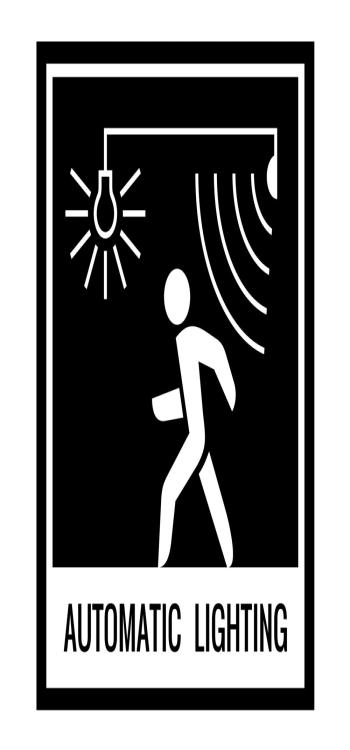
Can Smart Lights For Home Help With Security?
Automatic lights for home are even used as a security measure, when people try to break in the lights switch on scare away intruders. You can have sensors near the gate or near a low wall, anywhere you feel is a vulnerable spot through which intruders could enter. This way, as soon as they are trigger the sensor they will be stopped in their path.
You will not have to have bright spotlights on at all times, you can have a good night sleep, and yet be protected by automatic light sensors. In this situation again you see that automatic light sensors and smart lighting are reducing your electricity consumption and are more convenient than the traditional option.
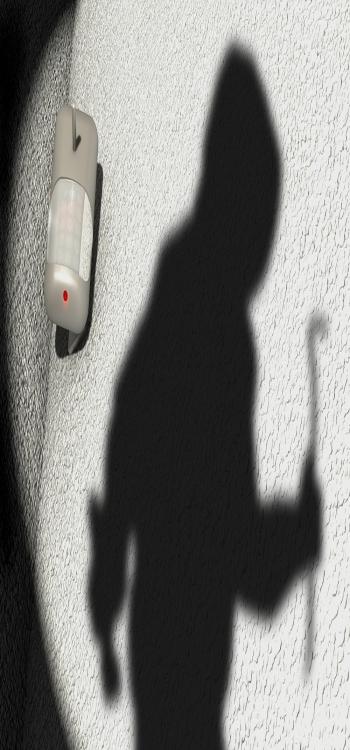
Opportunities and Challenges in Smart Lighting System Using Internet of Things
Smart lighting systems using the Internet of Things (IoT) present various opportunities and challenges that can affect their adoption and development. Here are some of the opportunities and challenges:
Opportunities:
- Increased demand: With the rise of smarthomes and the Internet of Things, the demand for smart lighting systems is growing rapidly, presenting opportunities for manufacturers and service providers.
- Improved user experience: Smart lighting systems can provide users with a convenient, comfortable, and personalized lighting experience, enhancing their quality of life.
- Enhanced safety and security: Smart lighting systems can improve safety and security by deterring burglars, preventing accidents, and detecting intruders.
- Energy efficiency: Smart lighting systems can reduce energy consumption, lower electricity bills, and contribute to a more sustainable environment, benefiting users and society as a whole.
Challenges:
- Cost: Smart lighting systems can be more expensive than traditional lighting systems, which can limit their adoption by budget-conscious consumers and businesses.
- Complexity: Smart lighting systems can be complex to install, set up, and maintain, requiring technical expertise and specialized knowledge.
- Interoperability: Smart lighting systems from different manufacturers may not be interoperable, which can limit users’ ability to customize and expand their systems.
- Security and privacy: Smart lighting systems can be vulnerable to cyber-attacks and data breaches, exposing users’ personal information and compromising their safety and security.
How to Convert Normal Lights to Smart Lights?
Converting normal lights to smart lights is a simple process that can be done in a few easy steps:
- Choose a smart lighting system: Select a smart lighting system that suits your needs, budget, and preferences, and ensure that it is compatible with your existing wiring and fixtures.
- Install smart bulbs, switches, or plugs: Replace your existing bulbs, switches, or plugs with smart ones, following the manufacturer’s instructions.
- Connect to a hub or network: Connect your smart lighting devices to a hub or network using a mobile app or voice command, and ensure that they are properly configured and updated.
- Set up automation and schedules: Program your smart lighting system to turn on and off at specific times when triggered by sensors, or based on your location or behaviour.
- Enjoy your smart lighting system: Control your smart lighting system using a mobile app, voice command, or a hub, and enjoy the convenience, comfort, and customization that it provides.
Smart Lighting Control Systems
Smart lighting control systems are essential components of smart lighting systems, allowing users to control and manage their lighting settings easily and efficiently. Here are some of the features and benefits of smart lighting control systems:
- Mobile app control: Smart lighting control systems can be controlled using a mobile app, allowing users to adjust their lighting settings from anywhere, anytime.
- Voice command control: Smart lighting control systems can be controlled using voice commands, allowing users to interact with their lighting systems using natural language.
- Hub-based control: Smart lighting control systems can be integrated with a hub, allowing users to control multiple devices and systems using a single platform.
- Sensor-based control: Smart lighting control systems can be triggered by sensors, such as motion sensors, door sensors, and light sensors, allowing users to automate their lighting based on their environment and behaviour.
- Customization and scheduling: Smart lighting control systems can be programmed to create personalized and comfortable lighting settings that suit users’ needs, preferences, and moods, and can be set up to turn on and off at specific times or when triggered by events or conditions.
What Bulbs Go in a Smart Lighting Systems?
Not any ordinary bulb will do for a smart lighting system, you need to get LED bulbs. These bulbs are of two kinds, white and colour changing bulbs. The colour changing bulbs are more expensive as they are more complex to make. These bulbs are the best lighting choice to save you money as they last longer and consume less electricity.
The good thing about a smart lighting system is that you can customize it however you want. If you want motion-detecting components, occupancy sensors, or daylight light sensors, you can have them all, or pick and choose what you would like.

Is a Home Smart Lighting Very Expensive?
No, a smart lighting system is not very expensive. When you are setting up the light, making a grid and buying the bulbs you might feel a pinch. But as these lights last longer than conventional lights and reduce your overall electricity usage, you’ll be saving a lot more money in the log run.
You won’t have to replace lights as often, and you also won’t have to worry about doing electrical work like fixing dimmer switches.
In the end, you can see the pros of switching to a smart lighting system outweigh the cons by far. If you wish to know more about smart lighting, smart homes, or just homes in general, then drop us a comment below.
If you’re looking to upgrade your lighting at home, NoBroker will help you find qualified electricians to help you with the job. Click below to learn more about NoBroker home services.
FAQ’s
Ans. A smart lighting system using the Internet of Things (IoT) is a lighting system that can be controlled remotely via an internet-connected device, such as a smartphone or a tablet. It enables users to manage the lighting settings of their homes, offices, or other spaces through an app, voice command, or programmed schedules.
Ans. The benefits of using a smart lighting system are:
Energy savings: Smart lighting systems can help reduce energy consumption and lower electricity bills.
Convenience: Users can control their lighting settings from anywhere, anytime, without the need to physically access light switches.
Customization: Users can adjust lighting settings based on their preferences, needs, and moods, creating personalized and comfortable spaces.
Security: Smart lighting systems can simulate occupancy by turning lights on and off automatically, deterring burglars and improving safety.
Aesthetics: Smart lighting systems can enhance the beauty and ambience of spaces, creating a visually appealing and inviting atmosphere.
Ans. The types of smart lighting systems available in the market are:
Wi-Fi-based systems: These systems use Wi-Fi to connect lights to the internet and can be controlled through a mobile app.
Bluetooth-based systems: These systems use Bluetooth to connect lights to a mobile device and are suitable for small spaces.
Zigbee-based systems: These systems use Zigbee, a low-power wireless communication technology, to connect lights to a hub, which can be controlled through a mobile app or voice assistants.
Z-Wave-based systems: These systems use Z-Wave, a wireless communication technology, to connect lights to a hub, which can be controlled through a mobile app or voice assistants.
Thread-based systems: These systems use Thread, a wireless communication technology, to connect lights to a hub, which can be controlled through a mobile app or voice assistants.
Ans. To convert normal lights to smart lights, users need to follow these steps:
Choose a smart lighting system that suits their needs and preferences.
Replace existing light bulbs with smart bulbs or install smart switches.
Connect the smart lighting system to a hub or a mobile device.
Set up the smart lighting system using the manufacturer’s instructions or the mobile app.
Enjoy the benefits of smart lighting.
Q5. What are the opportunities and challenges in smart lighting systems using the Internet of Things?
Ans. The opportunities in smart lighting systems using the Internet of Things are:
Increased demand: With the rise of smart homes and the Internet of Things, the demand for smart lighting systems is growing rapidly.
Improved user experience: Smart lighting systems can provide users with a convenient, comfortable, and personalized lighting experience.
Enhanced safety and security: Smart lighting systems can improve safety and security by deterring burglars and preventing accidents.
Energy efficiency: Smart lighting systems can reduce energy consumption and contribute to a more sustainable environment.













